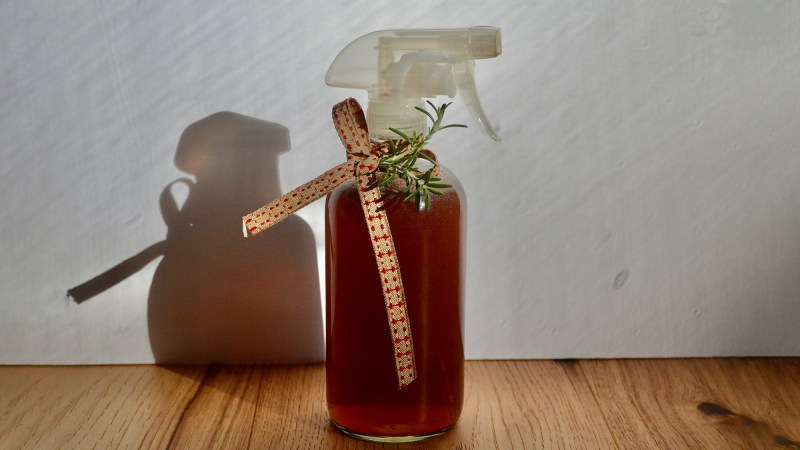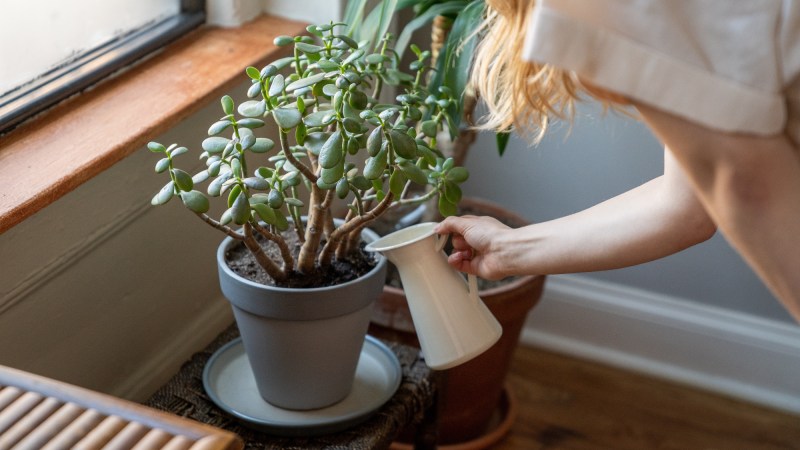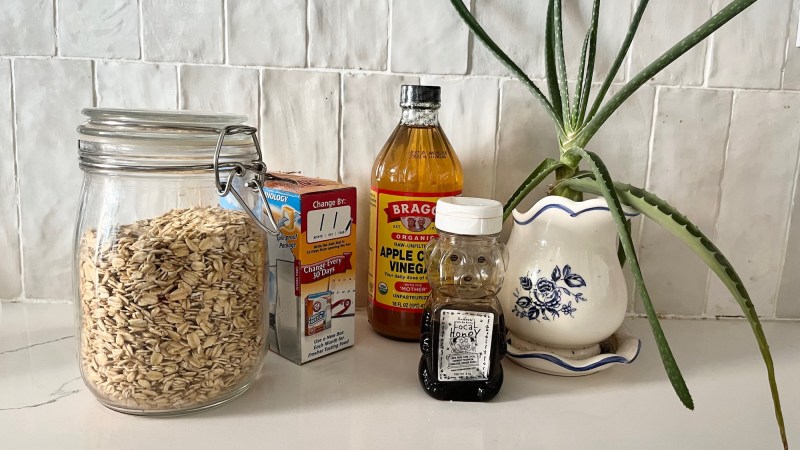

We’ve all heard the stories: a happy hiker wanders into the woods, feels the call of nature, and having nothing to wipe themselves with, reaches for the nearest leaf. In a day or two, the itchiest rash of their life spreads all over their undercarriage and they’re writhing in pain. Nature’s toilet paper turned out to be poison ivy.
This plant instills fear in many a heart because of the terrifying reactions it’s capable of triggering when it comes in contact with skin. Fortunately, if you know how to identify poison ivy and treat a rash, and when to see a doctor, you may be able to dodge the worst symptoms and prevent your skin from looking and feeling like it was dipped in a vat of acid.
Why is poison ivy so toxic
To avoid the murderously itchy rash caused by poison ivy, it’s important to know what’s actually happening when you come into contact with it.
Poison ivy leaves are coated with a mixture of natural chemicals called urushiol, a dense oil-based compound that you can also find in the plant’s stems and roots. That means poison ivy can cause reactions year-round, even in winter when the plant appears dead or dormant.
According to Teo Soleymani, a dermatologist and co-founder of California Dermatology and Mohs Surgery Specialists in Pasadena, it is urushiol that causes all the unwelcome symptoms: blisters, rashes, and an unquenchable itch that lasts up to three weeks. And because this chemical is invisible and hydrophobic—meaning it mixes well with your body’s natural oils—not only is it nearly impossible to tell if you’ve had a run-in with it, but it also penetrates the skin with excellent dexterity. Also, much like other oils, urushiol is difficult to wash off with just a shower.
[Related: 10 common plants that can hurt you]
But perhaps the most darkly comical fact is that on its own, urushiol is harmless. The aggressive reaction to this compound is actually caused by your immune system, which mounts an attack when the oil attaches to skin proteins, explains Eric Martz, professor emeritus at the Department of Microbiology at the University of Massachusetts, Amherst. White blood cells vigorously bombard amalgamations they perceive as unfamiliar, causing inflammation and tissue damage—and making it a frontrunner for over-reactor of the year.
That said, not everyone experiences the same reaction post-contact. While there’s no such thing as immunity, Soleymani explains, some people are more sensitive to urushiol than others. Additionally, a reaction may not happen the first or second time you encounter poison ivy, as your immune system has to be sensitized to the plant before it has an allergic reaction. So if you touch the plant once and you find your body’s reaction to be mild, don’t think that means it doesn’t affect you.
Avoid poison ivy at all costs
The only way to truly elude an aggressive reaction to this formidable plant is to avoid it altogether. But that doesn’t mean you should stop hiking, gardening, or playing outside—being aware of your surroundings and knowing how to identify poison ivy will usually keep you safe from a painful rash.
We’ve all heard the aphorism “leaves of three, let it be,” but let’s be honest: there are lots of plants out there that fit this description. The key to tell poison ivy apart from the rest of the “three leaves to a bunch” plants, is to check the shape of those leaves. On poison ivy, the two leaves on the outside of the trio resemble mittens with the thumbs facing outward. The leaf in the middle is more symmetrical with thumbs on both sides. The plant itself is a bushy vine and the stem will often have a tinge of red in it.
Treat poison ivy rashes early and vigorously
Even if you only suspect you came into contact with poison ivy, Soleymani says you can prevent a full-blown outbreak by taking action as soon as possible.
Start by preventing a bigger problem. You can easily spread urushiol to other parts of your body and fellow hikers, so don’t touch the affected area and prevent other people from coming into contact with it.
As soon as you can, and ideally within a few hours after exposure, wash and vigorously scrub the affected area with a strong detergent like dish soap, says Soleymani. Rinse and repeat several times—this will help break up urushiol and wash it away.
Keep in mind that urushiol is incredibly stable and it can cling to fabrics, so you should definitely throw all your clothing and shoes in the wash. Wearing them again without removing any remnants of the sap could result in a rash the next time you put them on.
If your pet has been traipsing in the plants, give them a thorough bath with detergent, too. Thick fur easily collects oil, which can stick around for weeks. And while the animal may not be bothered because urushiol may not make it all the way down to their skin, it can transfer to yours when you pet them. That means you could constantly be re-exposing yourself, warns Soleymani.
How to treat a mild case of poison ivy
If the window for early mitigation is past and your skin is already reacting, there are a few things you can do to ease your suffering.
If your rash seems to be irritatingly itchy but mild, and you show no other complications like swelling or difficulty breathing, you may be able to assuage the discomfort at home and skip a visit to your dermatologist or family doctor.
There are two main reasons a reaction might be mild. As we mentioned, you may not be fully sensitized to poison ivy yet, but age might also be playing to your advantage, as younger immune systems tend to react more aggressively. And even if there’s no immunity to poison ivy, a small percentage of people simply have a high tolerance to it.
Whatever the reason, don’t run out and waste your money on topical antihistamines that claim to treat the rash. Soleymani says they don’t work. Instead, apply hydrocortisone cream on the rash to reduce the itch, put ice packs on it to treat swelling, and take ibuprofen to tackle inflammation until the symptoms pass, which usually happens after a couple of weeks.
More good news: once a rash develops, you won’t need to be concerned about spreading the oil to others, as you can’t transfer urushiol at this point.
When to see a doctor for poison ivy exposure
First, and most importantly: if you think you might’ve inhaled aerosolized particles from burning poison ivy, you should seek immediate medical treatment. In such cases, the same well-known symptoms that pop up on your skin can appear in your airways, which can be extremely dangerous and even deadly.
[Related: 13 toxic wild plants that look like food]
Even if your reaction doesn’t seem too bad, you should also see a doctor if the rash appears on sensitive areas, like your face or genitals. Moreover, rashes on other parts of your body can get worse before they get better, says Soleymani. Make sure to seek medical attention if by day three to five you start presenting one or more of the following symptoms:
- Unrelenting itch
- Painful blisters
- Swelling
They will likely prescribe a series of topical and/or oral steroids to fight the reaction. If they do, follow your doctor’s instructions precisely. Even if it seems like symptoms are diminishing, the rash will likely come back if you stop the treatment before completion.















